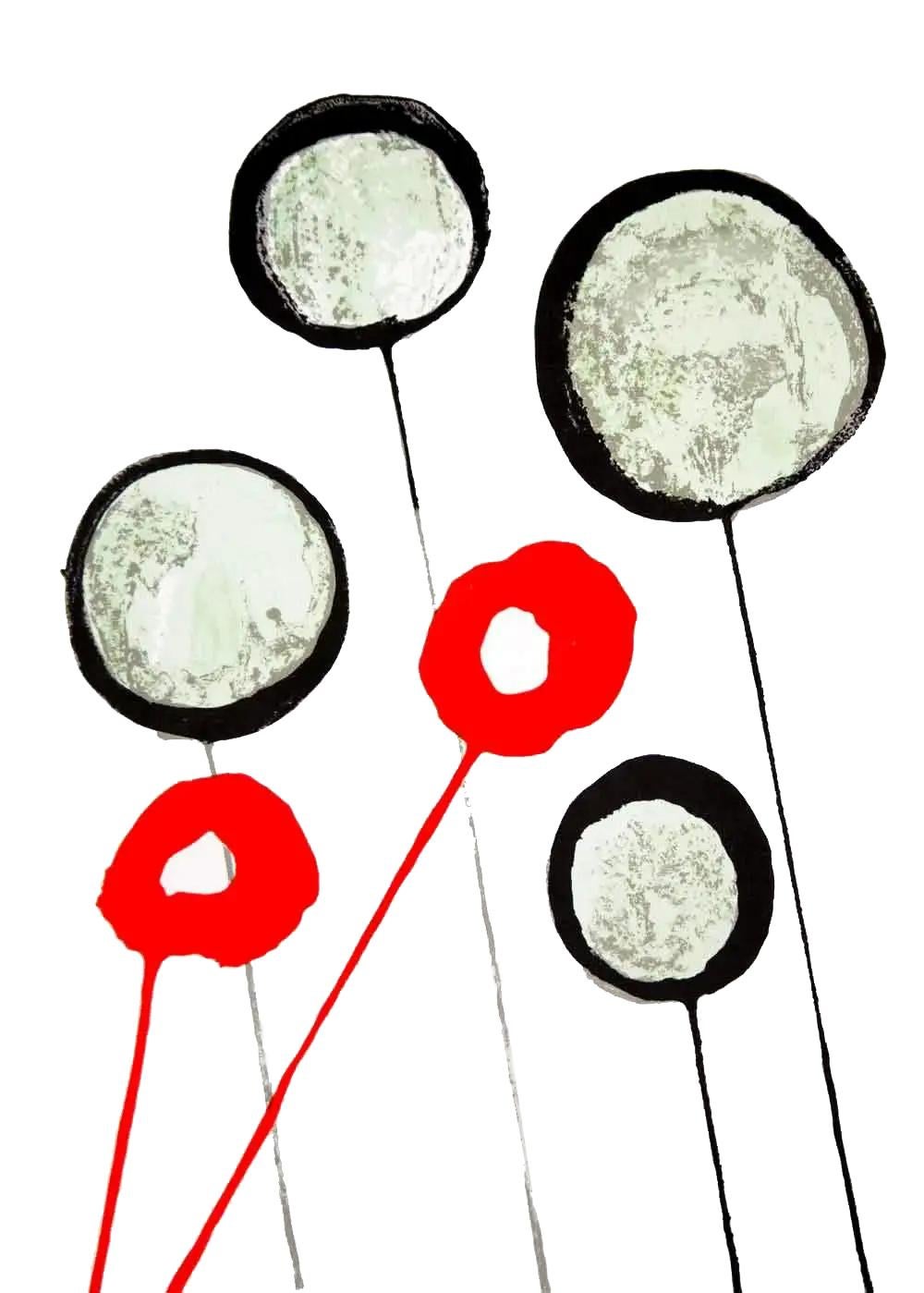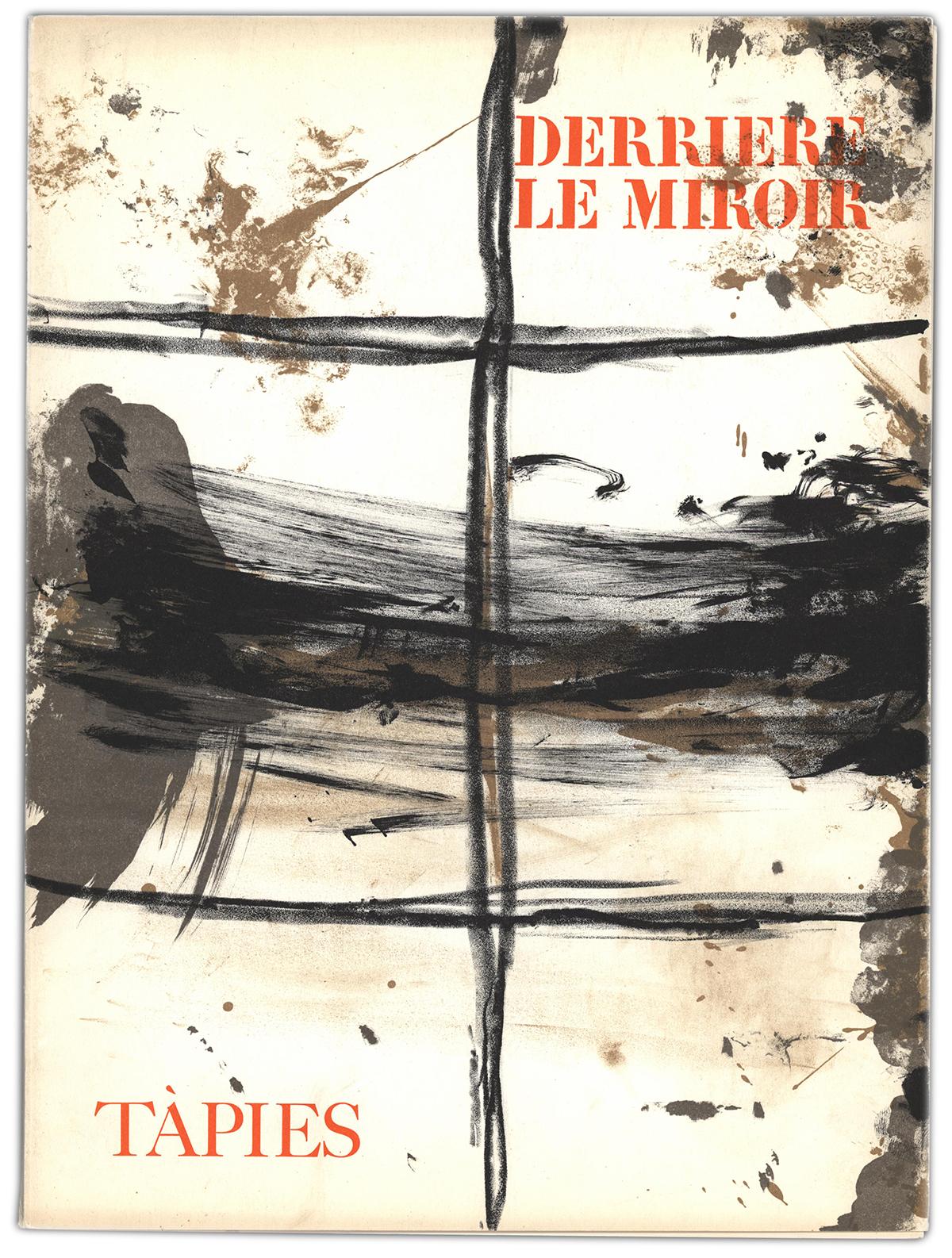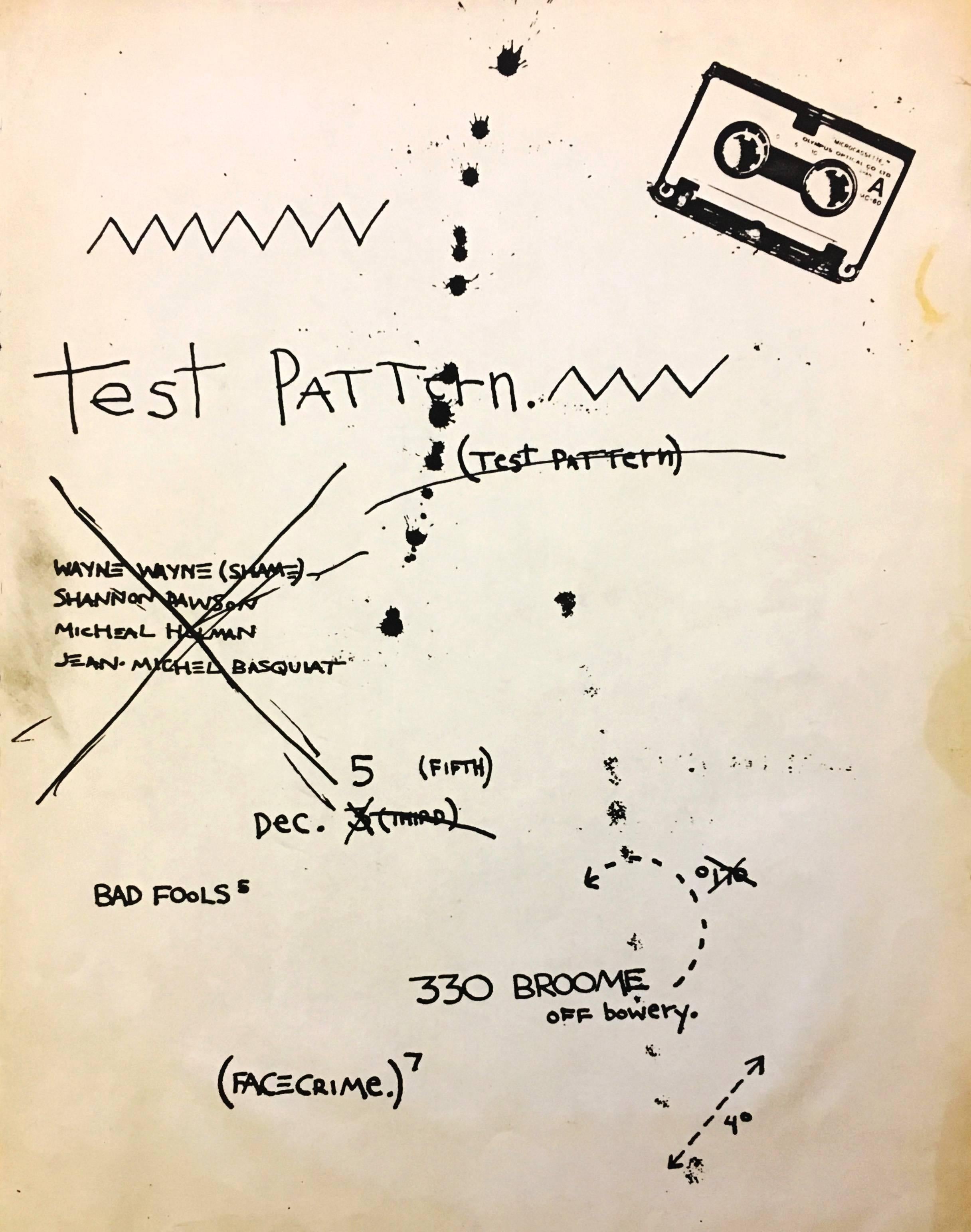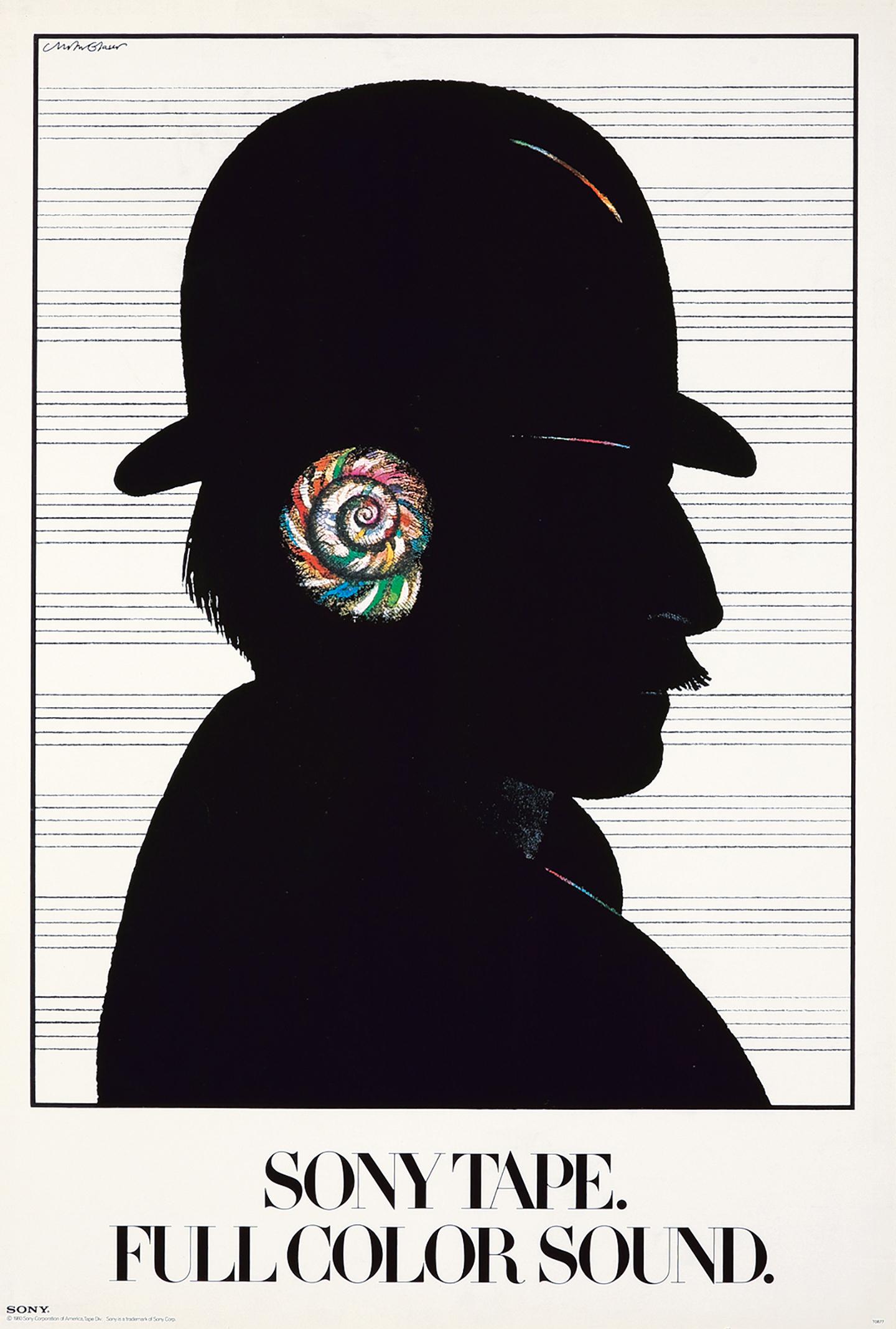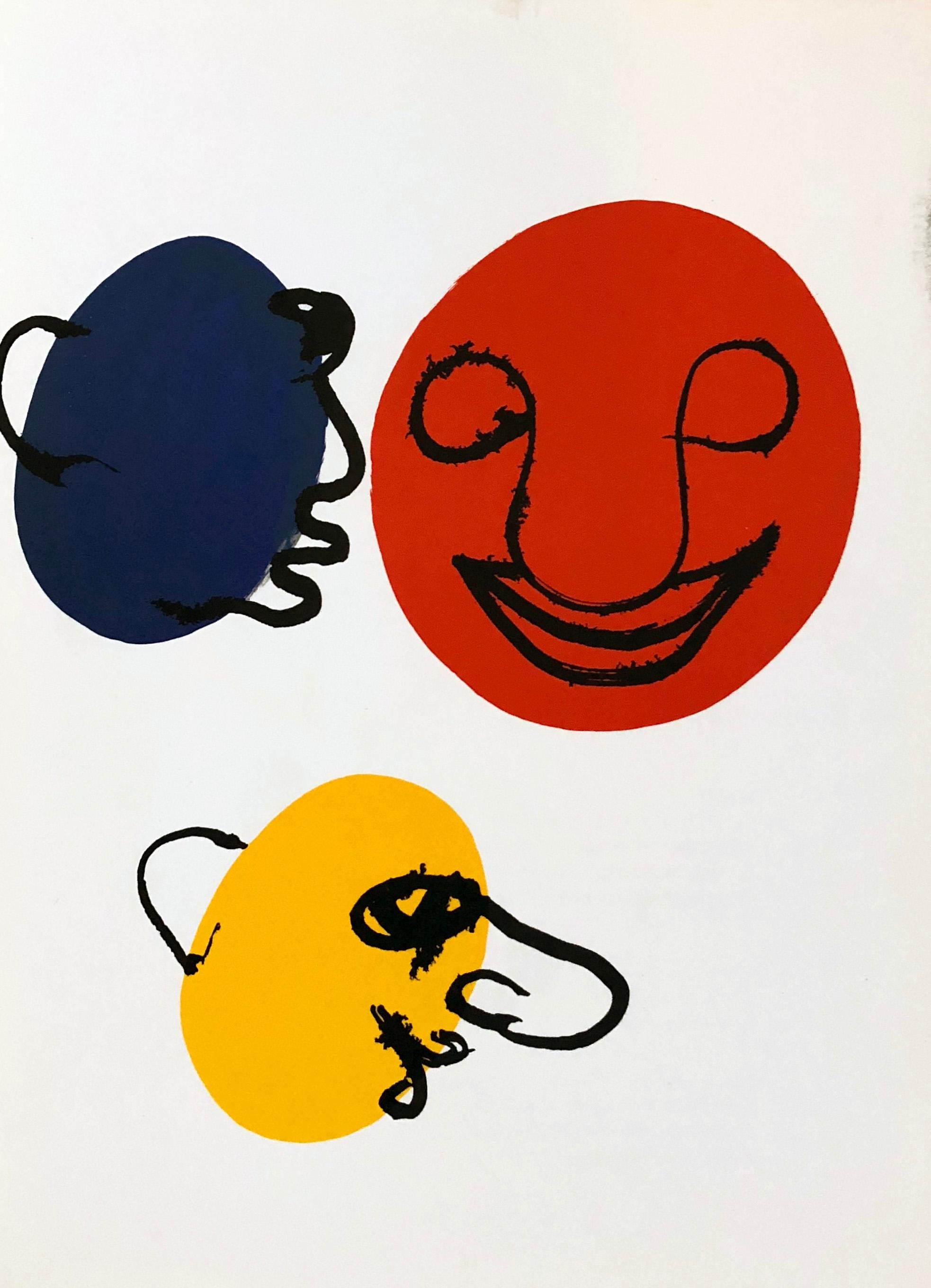Items Similar to After the Bath (Edition 19/250)
Want more images or videos?
Request additional images or videos from the seller
1 of 14
Jan De RuthAfter the Bath (Edition 19/250)ca. 1970s/ Late 20th Century
ca. 1970s/ Late 20th Century
About the Item
Jan De Ruth (American/ Czech, 1922-1991), " After the Bath" Edition 19/250, Figurative Lithograph on Paper signed and titled in Pencil, 30 x 21 (Image: 25 x 15.50), ca. 1970s, Late 20th Century
Colors: Blue, Yellow, Red, Grey, White, Purple
Jan De Ruth enjoyed special popularity as a portrait artist and has become one of the best known painters of the nude female in the world today.
It's a long way from sketching in leftover coffee to painting a portrait of Ethel Kennedy for the cover of Time Magazine, twenty-five years in fact; and during that period, Jan De Ruth's personal experiences have been enough to fill two ordinary lifetimes. Through them all, art has sustained him and been his primary interest.
To begin with, De Ruth, a native of Czechoslovakia and now an American citizen, spent the years of World War II being shunted through 5 different concentration camps, including the infamous Auschwitz. He made four escape attempts and finally made good on his fifth try.
De Ruth constantly sought materials with which to draw, but "The only things we had were the few pieces of cloth we wore," he recalls. By chance, he was transferred to Germany as part of a labor detail and managed to sneak a pencil away from the camp supervisor-"I became a perfect thief during those years," he says. Jan drew a mother and child on a scrap of paper he scrounged from the factory where he worked, filled it in with shadings of coffee in various strengths-his finger was his brush. He exchanged the sketch for a piece of bread from a camp guard, and in effect, sold his first painting.
In March of 1945, after being transferred to his native Czechoslovakia, he made his successful escape "knowing every step of the way." After the war, De Ruth became the commissar in a small Czech town and remained in the post for one year, just long enough to forge some documents that allowed him to flee to England. He took up residence in London and enrolled at the Ruskin Art School in Oxford University. He arrived in the USA in 1948.
There are times in the life of a painter when his dedication to his art is overshadowed by the immediate requirements of self-preservation. This was one of those times! From '48 to 1955 he supported himself by working at night, earning his way painting designs on neckties and bathroom cups; as a fashion designer, illustrator, vacuum cleaner salesman, theatre manager, and actor. In '55 Jan De Ruth made his professional debut as a full-time artist and two years later his first one-man show established him as a serious painter.
His work has been acclaimed for combining the technique of the old masters with a modern manner, and has been exhibited in more than 40 one-man shows in galleries and museums across the United States. He has been judged positively by juries in 28 national exhibitions and his numerous awards include the Purchase Prize of the Butler Institute of American Art, and the Gold Medal of the National Arts Club.
De Ruth, author of the books "Portrait Painting" and "Painting the Nude," has devoted his entire life to painting the female face and form. He enjoys special popularity as a portraitist and has become one of the best known painters of the nude female in the world today. Often asked why he concentrates on this most demanding of all art subjects he replies: . . . "Each painting of the nude becomes a new experience . . . It (the human figure) is nature's most perfect and most imperfect creation, communicating, even in silence and immobility, the physical and spiritual power-and frailty-of humanity."
Articulate, sophisticated, outspoken and well informed, De Ruth has also been a welcome guest on radio and television shows. But, it is painting that gives a purpose to Jan De Ruth's existence: "It is an unending challenge-there is no end, no final result-to be found in painting the human body. I have never seen two gestures that are alike, but so are the possibilities of expression. There will always be painters who will find one more way of saying: "See! This is what I feel about humans." . . . So until a greater challenge and a more profound symbol comes along, it is the human figure I wish to paint."
AWARDS
Butler Institute of American Art Purchase Prize
Oguniquit Art Center
Knickerbocker Artist 1964
Audubon Artist, Grumbacher Purchase Prize
National Arts Club of America Gold Medal
Windsor-Newton Award of the National Arts Club
ONE MAN MUSEUM EXHIBITIONS
B'nai B'rith Museum - Washington D.C.
Florida Gulf Coast Art Center - Clearwater, Fla.
Mint Museum of Art - Charlotte, N.C.
Neville Public Museum - Green bay, Wisconson
Lauren Rogers Museum - Laurel, Miss.
Theodore Wright Art Center - Beloit, Wis.
Bowling Green State College - Bowling Green Ohio
Catawba College - Salisbury, N.C.
East Central State College - Ada, Oklahoma
Fairleigh Dickinson University - New Jersey
Rochester Public Library - Rochester, N.Y.
NATIONAL EXHIBITIONS
Allied Artists of America
American Artists Professional League
Audubon Artists
Berkshire Art Association, Berkshre Museum
Boston Society of Independent Artists
Connecticut Academy
Knickerbocker Artists
National Academy of Design
National Arts Club
New York City Center
New York State Exposition
Ogunquit Art Center
Painters and Sculptors Society of New Jersey
Princeton Art Association
Springfeild Museum Eastern States Exposition
- Creator:Jan De Ruth (1922 - 1991, American, Czech)
- Creation Year:ca. 1970s/ Late 20th Century
- Dimensions:Height: 30 in (76.2 cm)Width: 21 in (53.34 cm)
- Medium:
- Movement & Style:
- Period:
- Condition:
- Gallery Location:New York, NY
- Reference Number:1stDibs: LU75233380691
About the Seller
4.6
Vetted Seller
These experienced sellers undergo a comprehensive evaluation by our team of in-house experts.
Established in 1984
1stDibs seller since 2017
84 sales on 1stDibs
Typical response time: 2 hours
- ShippingRetrieving quote...Ships From: New York, NY
- Return PolicyThis item cannot be returned.
More From This SellerView All
- Familie (Edition 34/100)Located in New York, NYUnknown/ Unidentified Artist, "Familie" Edition 34/100, Abstract Figurative Lithograph signed and numbered in pencil, 15.25 x 21, Late 20th Century, 1967 Colors: Red, Blue, Yellow, ...Category
1960s Abstract Abstract Prints
MaterialsLithograph
- One on One (Artist Proof)By Harvey KonigsbergLocated in New York, NYHarvey Konigsberg ( American b. 1940 ) "One on One" (Artist Proof), Figurative Abstract Lithograph, 30 x 21, Late 20th Century Colors: Black and White Harvey Konigsberg was born in...Category
Late 20th Century Abstract Abstract Prints
MaterialsLithograph
- Untitled (Edition 45/100)By Georgi DaskaloffLocated in New York, NYGeorgi Daskaloff (Bulgarian b. 1923), "Untitled" 45/100, Abstract Lithograph numbered and signed in pencil, 30 x 22.25, Late 20th Century Colors: Blue, White, BlackCategory
Late 20th Century Abstract Abstract Prints
MaterialsLithograph
- Le Salut de Cavalier - Épreuve d'ArtisteBy Paul GuiramandLocated in New York, NYPaul Guiramand (French, 1926-2008), "Le Salut de Cavalier", Abstract/ Figurative Lithograph signed in pencil ( Épreuve d'Artiste ), 22 x 29, Late 20th Century Colors: Orange, Yellow...Category
Late 20th Century Abstract Abstract Prints
MaterialsLithograph
- Terrye's Daughters ( Edition 298/300 )By George StauchLocated in New York, NYGeorge Stauch (American b. 1900), " Terrye's Daughters" Edition 298/300, Abstract Color Lithograph signed in pencil, 20 x 24, Late 20th Century, ca. 1980 Colors: Blue, White, Red, B...Category
Late 20th Century Abstract Abstract Prints
MaterialsLithograph
- Untitled (Edition 83/100)By Eberhard DänzerLocated in New York, NYEberhard Dänzer (German, 1938-2005), "Untitled" Edition 83/100, Abstract Lithograph signed and numbered in Pencil, 23 x 17, Late 20th Century, 1966 Colors: Black and White Eberhar...Category
1960s Abstract Expressionist Abstract Prints
MaterialsLithograph
You May Also Like
- Alexander Calder Roses lithograph (1960s Calder)By Alexander CalderLocated in NEW YORK, NYAlexander Calder Lithograph c. 1966: Lithograph in colors; 11 x 15 inches. Very good overall vintage condition. Unsigned from an edition of unknown. From: Derrière le miroir Publish...Category
Mid-20th Century Pop Art Abstract Prints
MaterialsLithograph
- 1960s Antoni Tàpies Derrière le miroir cover (Tàpies prints)By Antoni TàpiesLocated in NEW YORK, NY1960s Antoni Tàpies Lithographic cover to Derrière le miroir: Lithographic publication cover; circa 1968. 11 x 15 inches. Good overall vintage condition as pictured. Unsigned from a...Category
1960s Abstract Abstract Prints
MaterialsLithograph
- Basquiat Test Pattern 1979 (Basquiat Gray)By Jean-Michel BasquiatLocated in NEW YORK, NYJean-Michel Basquiat Test Pattern 1979: Basquiat created this flyer on the occasion of a performance by his band, Test Pattern (later renamed to ...Category
1970s Pop Art Figurative Prints
MaterialsOffset, Lithograph
- Vintage 1970s Alexander Calder lithograph (Calder three legged man)By Alexander CalderLocated in NEW YORK, NYVintage original 1970s Alexander Calder Lithograph: 11x15 inches. Very good overall vintage condition. Unsigned from an edition of unknown. Published by: Galerie Maeght, Paris, 19...Category
1970s Pop Art Figurative Prints
MaterialsLithograph
- Milton Glaser Sony Tape, Full Color Sound poster 1980 (Milton Glaser posters)By Milton GlaserLocated in NEW YORK, NYMilton Glaser Sony Tape, Full Color Sound poster 1980: Vintage original 1980s Milton Glaser poster designed by Glaser for the world-recognized brand Sony. A classic Milton Glaser advertising design featuring the profile of a 19th-century music listener silhouetted against music liner paper. Offset lithographic poster in colors. 30 x 45 inches. Very good overall vintage condition with the exception of perhaps some minor signs of handling. Vintage original print. Milton Glaser printed signature upper left; from an edition of unknown. Literature: Milton Glaser Posters, Glaser, pg. 251. Legendary graphic designer, illustrator, and art director Milton Glaser created some of the most recognizable iconography in America today —including the iconic I ♥ N Y logo —and countless posters and ad campaigns. Glaser changed the face of commercial art in the 1960s and ’70s, breaking with the conventions of modernism and drawing inspiration from a wide variety of art-historical and pop-cultural sources, from Art Nouveau to comic illustration...Category
1960s Pop Art Figurative Prints
MaterialsLithograph, Offset
- Alexander Calder lithograph Derrière le Miroir (Calder prints)By Alexander CalderLocated in NEW YORK, NYAlexander Calder Lithograph c. 1971 from Derrière le miroir: Lithograph in colors; 15 x 11 inches. Very good overall vintage condition. Unsigned from an edition of unknown. From: Derrière le miroir Published Paris c. 1971. Printed in France. Derrière le miroir: In October 1945 the French art dealer Aimé Maeght opens his art gallery at 13 Rue de Téhéran in Paris. His beginning coincides with the end of Second World War and the return of a number of exiled artists back to France. The publication was created in October 1946 (n°1) and published without interruption until 1982 (n°253). Its original articles and illustrations (mainly original color lithographs by the gallery artists) who were famous at the time. The lithographic publication covered only the artists exhibited by Maeght gallery either through personal or group exhibitions. Among them were, Pierre Alechinsky, Francis Bacon, Alexander Calder, Marc Chagall, Eduardo Chillida, Alberto Giacometti, Vassily Kandinsky, Ellsworth Kelly, Fernand Léger, Henri Matisse, Joan Miró, Saul Steinberg and Antoni Tapies. Alexander Calder was an American artist best known for his invention of the kinetic sculptures known as mobiles. Calder also produced a variety of two-dimensional artworks including lithographs, paintings, and tapestries as seen in his Butterfly (1970). “My whole theory about art is the disparity that exists between form, masses, and movement,” the artist once said. Born on August 22, 1898 in Lawnton, PA, Calder turned to art in the 1920s, studying drawing and painting under George Luks and Boardman Robinson at the Art Students League in New York. Calder moved to Paris to continue his studies in 1926, where he was introduced to the European avant-garde through performances of his Cirque Calder (1926–1931). “I was very fond of the spatial relations,” he said of his interest in the circus. “The whole thing of the—the vast space—I’ve always loved it.” With these performances, along with his wire sculptures, Calder attracted the attention of such notable figures as Marcel Duchamp, Jean Arp, and Fernand Léger. Notably, it was his friend Duchamp that coined the term mobile—a pun in French meaning both “motion” and “motive”—during a visit to Calder’s Paris studio in 1931. His earliest mobiles moved by motors, but Calder soon abandoned these mechanics and designed pieces that moved by air currents or human interaction. Over the course of seven decades, along with his mobiles, he also produced paintings, monumental outdoor sculptures, works on paper, domestic objects, and jewelry. The artist lived in both Roxbury, CT, and Saché, France, before his death on November 11, 1976 in New York, NY. Today, his works are held in the collections of The Museum of Modern Art in New York, the National Gallery of Art in Washington, D.C., the Whitney Museum of American Art, New York, the Art Institute of Chicago, and the Tate Gallery in London. Related Categories Calder prints. Mid Century Modern. 1970s. Alexander Calder and Contemporary Art. Mid Century Modern. Calder clowns.Category
1970s Modern Figurative Prints
MaterialsLithograph
